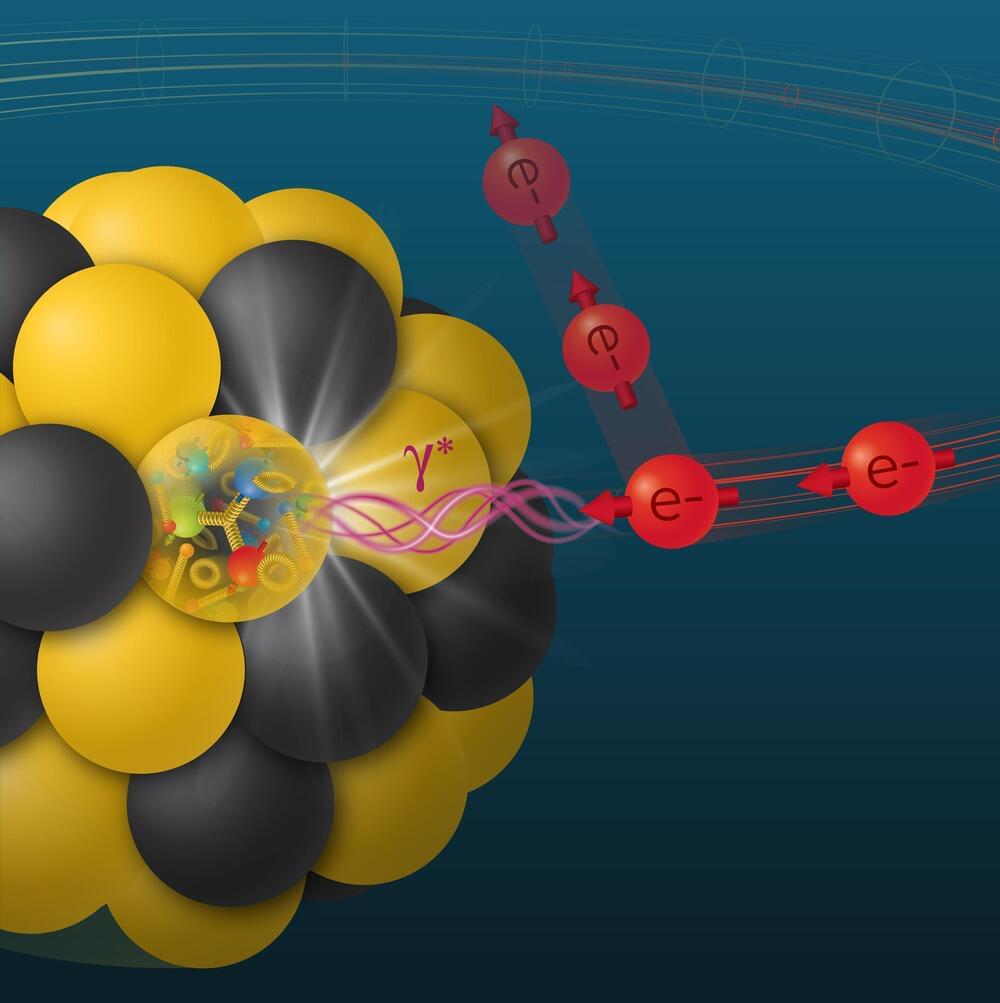Nuclear physics theorists at the U.S. Department of Energy’s (DOE) Brookhaven National Laboratory have demonstrated that complex calculations run on supercomputers can accurately predict the distribution of electric charges in mesons, particles made of a quark and an antiquark. Scientists are keen to learn more about mesons—and the whole class of particles made of quarks, collectively known as hadrons—in high-energy experiments at the future Electron-Ion Collider (EIC), a particle collider being built at Brookhaven Lab.
